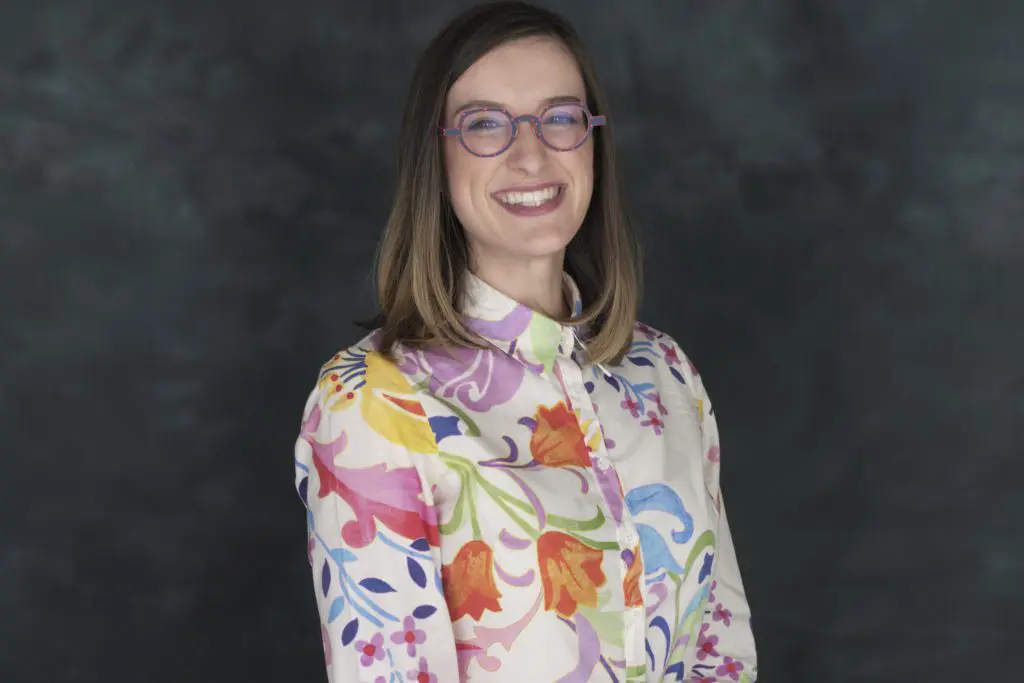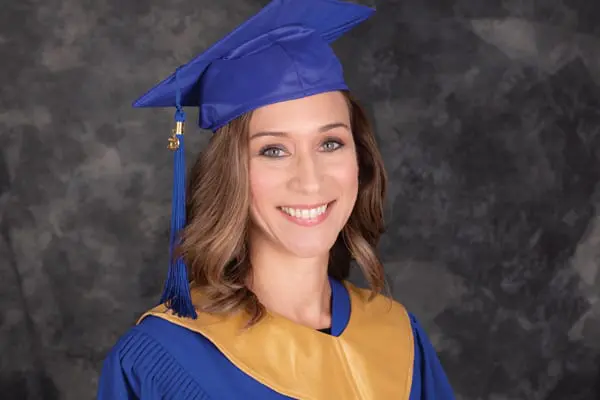If you take courses to become a dispensing optician, you will learn all about what your duties and responsibilities will be once you break into the field. Apart from dispensing, adjusting and fitting glasses, you’ll likely be required to style your clients. One thing that many people tend to forget when shopping for a pair of glasses is that even though a certain style might look fantastic on one person, it can look completely different on another. Certified opticians are expected to guide customers into making the right frame choices depending on their facial features and their prescriptions. Read on for some handy guidelines about face shapes and prescriptions.
All About Face Shapes
Graduates of dispensing optician school know that the shape of an individual’s face must be considered when selecting an eyeglass frame to suit them. This is mainly because everyone has unique features and there are specific types of frames that work with certain faces. Here’s a quick guide to understanding face shapes and the frames that compliment them:
Round: Experienced opticians understand that a round face typically has no natural angles. Therefore, finding a frame that makes a round face appear longer and thinner is the goal. This can be achieved by selecting angular frames that have shorter lens heights and are fairly wide, like rectangular-shaped frames. Geometric shapes will also look great on round faces, as they contribute sharper and more distinct lines and create balance.
Oval: Those who have oval faces are considered very lucky where optical retail is concerned, mainly because it an oval face consists of balanced proportions (narrow forehead, high cheek bones, narrow chin). A dispensing optician will likely recommend frames which are slightly wider than the broadest part of the face. Square and rectangular frames are great because they add lots of contrast to an oval face’s natural curves, however, most frames tend to suit oval faces.
Square: A square face is normally characterized by a broad forehead, a strong jaw line and a square chin. Opticians tend to suggest frames which soften the features of a square face, selecting oval or round frames that boast softer edges will definitely achieve this, while making the face appear slightly longer.
Mind The Prescription
Professionals who have earned their dispensing optician diploma know that choosing the right optical frame also depends heavily on the client’s prescription. This is because not every frame can support all prescriptions. For example if a client has a very high myopic prescription (>-5.00) – where the lenses have thin centers and thicker edges – he or she will require a frame that’s as narrow as possible so that the lenses will be as thin and light as possible. Certified opticians will typically recommend frames with curved edges to individuals who have high hyperopic prescriptions (>+4.00). Hyperopic lenses tend to have very thick centers and thin edges, which is why round or oval frames that do not require a technician to cut into the lens’ center are best.
When an optician is approached with a progressive prescription, he or she knows that a frame that has a fairly large lens surface is required. Because a progressive prescription encompasses three corrections into one lens (distance, intermediate and reading), it’s important that the frame is large enough to support them.
Can you think of any other tips for selecting the right frames?










